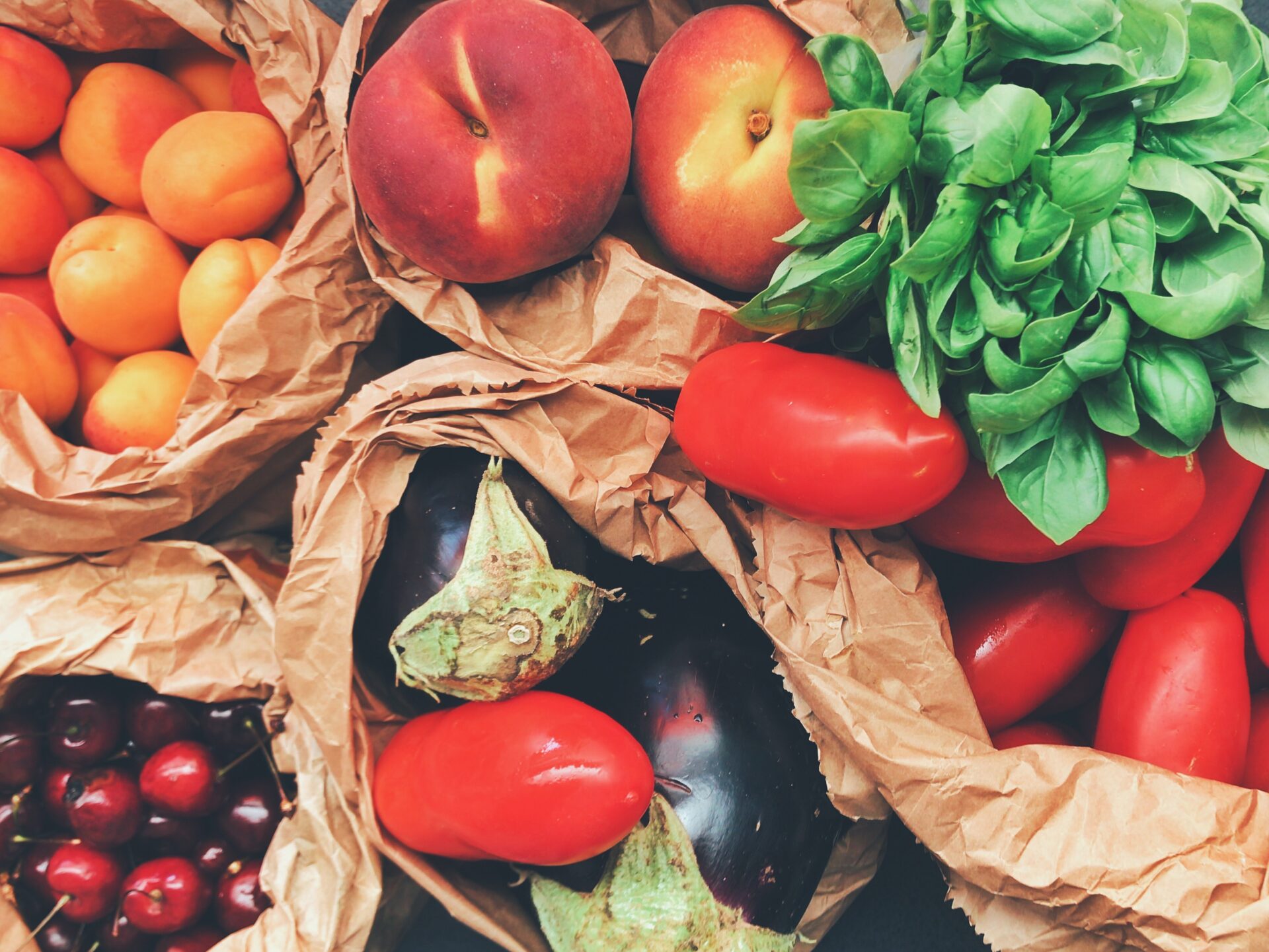40% of all food in America is wasted. That’s a frighteningly high number. And while composting will definitely help reduce your amount of food waste, it’d be even better to put less in the compost!
Why Reduce Food Waste
Wasted food = wasted money. And who likes wasted money? According to Save the Food, the average household loses about $1500 a year on wasted food. If you’re curious, check out their calculator on how much you could save if you reduce your food waste!
Reducing food waste also has a major impact on the amount of resources put into producing wasted food. Think about it- if 40% of our food is being wasted, that also means 40% of the resources used to produce our food are also being wasted. And it’s important to note that A LOT of resources are put into producing our food. To put it in perspective, according to the NRDC’s 2017 Wasted Report:
21% of our fresh water supply is used to produce wasted food.
Where To Start
Reducing food waste is actually one of the easiest things you can do as an individual to make a huge impact on the planet. We love all the info put together on Save the Food. We highly recommend you check out their site and use the resources they’ve put together! They have all sorts of resources including how to properly store your food, plan better meals, and even guides for wasting less with kids! We’ve gathered up a quick guide on some of the top tips to reducing food waste:
1. Plan Better
Properly planning your meals ahead of time and shopping better can make a huge impact on how much food you waste. Save the Food has tons of resources for how to do just that!
2. Storage is Key
Improper storage is a major part of why a lot of food goes bad quickly. Save the Food has an incredible storage guide on how to properly store EVERY type of food you could have to ensure the longest possible shelf life!
3. Deciphering Labels
According to Save the Food, “Food expiration dates have nothing to do with safety, and are only loosely related to quality. They’re the manufacturer’s best estimate of when the product is at its freshest or ‘peak quality.’” They’ve got a great guide as to how to decipher different types of food expiration labels to make sure you’re not throwing something away that’s perfectly fine to use!
4. Imperfect Produce
The sad truth is that a lot of produce gets rejected by supermarkets due to natural imperfections, size variations, surplus, and more. All are perfectly normal, nutritious, and tasty, and yet get thrown away. There are some awesome companies out there that will purchase these products from farmers (at a much cheaper cost, considering they were throwing them away!) and sell them to you (also at a much lower cost!) Check out Misfits Market or Imperfect Foods to learn more.
5. Cook: Reinvent your leftovers and utilize scraps
This is one of the most inventive and interesting parts of reducing food waste. And Save the Food has some incredible recipes for all sorts of leftovers and scraps!
6. Donate!
Got too many cans in the pantry or an enormous amount of leftovers from a holiday gathering? You can always donate non-perishables to a local food bank, like Feeding Westchester.
7. Always take home your leftovers (and make sure to use them up!)
If you’re eating out, you’re pretty likely to have leftovers. Make sure to take them with you, and eat them again, give them to someone else, or be inventive with reusing them in a new meal.
We’re so excited you want to learn about reducing your food waste. If you want to learn more, check out our 101 guide to living a low waste lifestyle!

